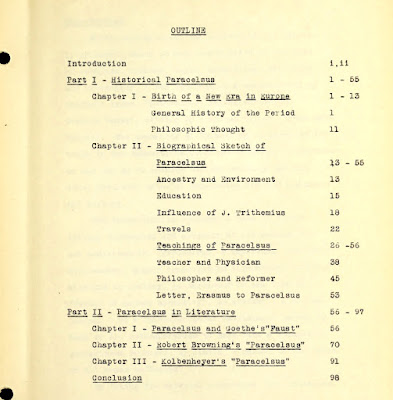 |
| Sylvia's paternal grandmother |
The Gibson-girl hairdo suggests the photo was taken after 1880: It's typical to fix one's hair stylishly when sitting for a photo. Where the photo was taken is not known.
I can barely reconcile this image with a known image of Ernestine, age 62, taken at Oregon State Hospital (formerly "for the Insane") in 1916. Another descendant shown the "young" photo had never seen it, could not confirm it was Ernestine Kottke although it was so labeled. What do you think? The older Ernestine seems to be toothless. Here is information about how aging alters one's nose.
There exists a third photo of Ernestine Plath posed with her husband, taken in Oregon between 1911 and 1916, showing features their son Otto inherited.
Theodor and Ernestine Plath had seven children: the first died in infancy, and Otto was born next, in 1885. Ernestine was first hospitalized for depression, sleeplessness, and "persecution" in 1905, three years after moving with her family from Prussia to North Dakota. In Oregon her diagnosis was dementia. Just another "sad Plath woman"? I don't think so. In both photos I see spirit.




